In March, in the border communes of Quan Ba ( Ha Giang ), late-blooming peach blossoms still show off their brilliant pink color; while pear blossoms dye the roads, valleys, and villages nestled among the rocky mountains white...
The attraction of flower seasons
In the warm spring weather of March, Ha Giang organized two flower festivals at the same time: Peach Blossom Festival with the theme "Sparkling Peach Blossoms - Spring Comes to the Border" at the late-blooming peach garden in Cao Ma Po Commune (Quan Ba District); Pear Blossom Festival with the theme "Spring on the Border Festival" in Pho Bang Town (Dong Van District). Currently, the Organizing Committee is actively preparing conditions to welcome domestic and international guests to come and enjoy the spring and flowers.
From Hanoi to Ha Giang to visit the rocky plateau and excited to see the pure white pear flowers blooming from the rough, moldy branches, Ms. Nguyen Thu Hoa said: "Knowing that Ha Giang is famous for buckwheat flowers, we are usually hesitant to travel to Ha Giang at the beginning of the year because we are afraid of the wet weather, but when we heard that the rocky plateau also has beautiful pear flowers, we tried a new schedule. I find traveling to Ha Giang this season is also very interesting, the flowers cover the mountainsides and valleys."
Although plum blossoms are at the end of the season, tourists still flock to see the flowers on Moc Chau Plateau ( Son La ), especially on weekends. In February, many times, hotels and homestays in Moc Chau are overloaded. With more than 3,000 hectares of plum, Moc Chau is probably one of the areas with the most plum blossoms in our country.
After a cold winter, when spring comes, plum gardens bloom white on the mountains and forests, creating a fairy-tale scene. Na Ka plum valley, located near Moc Chau town, is a place that many tourists visit. Early spring mornings, the misty sky and earth make the scene even more magical. In addition to some main locations, plum blossoms also appear along the roads, creating impressive scenes.
According to many people, 2025 is the year when plum blossoms bloom the most beautifully in many years. While plum blossoms are at the end of the season, Son La begins to welcome a new specialty: Ban flower season. Ban flowers begin to bloom white on the mountain slopes, which is also the time when many festivals take place. The most prominent is the Son La City Ban Flower Festival.
Here, in addition to admiring the Ban flowers, tourists can also experience many cultural beauties of ethnic minorities, enjoy performances in the "Beauty of Ban Flowers" contest and exchange activities, ethnic sports competitions, ethnic culinary competitions, and enjoy mountain and forest products...
Vice Chairman of the People's Committee of Son La City Tran Cong Chinh said: "Up to this point, we have assigned specific tasks to units, communes and wards to prepare for activities to welcome domestic and foreign tourists. This is not only an opportunity to introduce the beauty of the Ban flowers, but also an opportunity to promote the unique cultural features, natural landscapes, culinary values ... of the city in particular, Son La province in general".
When talking about flower tourism, we cannot help but mention Hanoi. The difference is that Hanoi's flower seasons are planted and cared for by human hands, so they have their own beauty. In March, white Su flowers bloom on many streets and trumpet flowers - the flower of April - turn the gardens white or are carried by street vendors. Although Ban flowers have not settled in Hanoi for long, they have also become a specialty that attracts tourists. Of course, when talking about Hanoi, we cannot help but mention the milk flower season, the daisy season, the vast lotus ponds or the immense pink peach gardens...
Director of Hanoi Department of Tourism Dang Huong Giang said: “Hanoi has the advantage of many flower species, many flower growing areas, many flower streets… creating beautiful scenes, attracting tourists both in the inner city and the suburbs. Currently, many localities such as Me Linh District, Ba Vi District, Tay Ho District… have exploited and developed seasonal flower tourism with good results. In the coming time, the tourism industry will continue to coordinate with agencies and units to exploit seasonal flower tourism in conjunction with other tourism activities and products to create higher efficiency.”
Need cooperation from many industries
Just about 10 years ago, flower tourism was still quite strange, but with the development of media and social networks, localities with typical flowers were "on air" very quickly. Flower tourism has since developed strongly.
A typical example is Ha Giang. Buckwheat is a food crop, but when many young people went to Ha Giang and posted pictures of buckwheat flowers on the rocky plateau on social networks, it created a strong trend of traveling during the buckwheat flower season.
Ha Giang province has quickly seized the opportunity by planning flower growing areas; supporting people with flower varieties; organizing festivals... From 2015 to present, each year the province has supported seeds for people to grow buckwheat flowers on an area of about 400 hectares.
The flower planting area is planned in beautiful locations such as: Heaven's Gate stop, Thach Son Than rock block (Quan Ba district); along the road to Pho Cao, Sung La, Lung Cu communes (Dong Van district); Mong ethnic community cultural tourism village, Pa Vi Ha hamlet, Pa Vi commune (Meo Vac)...
In addition to buckwheat flowers, Ha Giang province also expands its flower season tourism products with increasingly rich apricot blossoms, peach blossoms, apricot blossoms, and plum blossoms in spring; azalea flowers on the top of Tay Con Linh mountain (Vi Xuyen district); and hibiscus flowers (Meo Vac district)...
Flower tourism is a tradition of Hanoi with many flower growing areas, flower villages, and flower streets. To promote tourism associated with flower viewing, aiming to provide professional tourism products, Hanoi has planned flower growing areas, planted typical flowers for the streets, trained farmers to grow flowers for tourism, organized events to promote the beauty of flowers, etc.
Many activities have become annual such as: Me Linh Flower Festival, Tay Ho Lotus Festival, Peach Blossom Festival, Kumquat Festival in Nhat Tan, Tu Lien... Particularly for lotus, Hanoi is making efforts to restore and expand the area for growing the Bach Diep lotus - a precious lotus variety of West Lake in the West Lake area and surrounding areas; at the same time, developing dozens of lotus products, the most prominent of which are lotus tea and lotus silk.
Hanoi plans to increase the lotus growing area from the current 600 hectares to 900 hectares in the near future, with a close combination of exploiting agricultural products with tourism activities. Currently, flower gardens in Me Linh, wild sunflower hills in Ba Vi, lotus ponds in My Duc or peach gardens in Nhat Tan, West Lake flower valley, Red River Stone Beach (all in Tay Ho district), ... have all been exploited in specialized flower tours. Hanoi tourism industry continues to coordinate with units and localities to build the tourism brand "Hanoi 12 flower seasons", with each month being a typical flower species.
Deputy Director of the Department of Culture, Sports and Tourism of Son La, Tran Xuan Viet, shared: “Ecotourism associated with experiencing flowers or organizing festivals associated with flowers is contributing to diversifying tourism products and enhancing the Son La tourism brand. We continue to invest, upgrade and develop services associated with flowers suitable for natural and cultural conditions in tourist areas and spots to create more typical local tourism products.”
The fact that localities are interested in planting and planning flowers for tourism is a positive sign for “flower tourism”. However, there is still much to be done to make seasonal flower tourism a tourism sector and maximize its potential. In the world, cherry blossom tourism in Japan is always a fever; yellow leaf tourism in Korea also attracts tourists, this is an experience that Vietnam needs to learn.
Vice President of the Vietnam Tourism Association Phung Quang Thang said that many countries have turned the flower and leaf-changing seasons into strong tourism brands, attracting a large number of tourists. These countries all have strategies to plant trees in different areas and provide services for visitors to experience, view and take photos with flowers in a professional manner.
Meanwhile, Vietnam's flower tourism is still seasonal and this weakness needs to be overcome. According to the Director of the Asian Tourism Development Institute, Pham Hai Quynh, when developing seasonal flower tourism, localities need to pay attention to ensuring that exploitation and development do not negatively affect the environment and landscape, and need to develop more local cultural experience tours to develop seasonal flower tourism in a sustainable way.




![[Photo] A delegation of 100 journalists from the Vietnam Journalists Association visits the soldiers and people of Truong Sa island district.](https://vphoto.vietnam.vn/thumb/1200x675/vietnam/resource/IMAGE/2025/5/30/0984a986227d4e988177f560d2e1563e)
![[Photo] Journalists moved to tears at the Memorial Service for the soldiers who died in Gac Ma](https://vphoto.vietnam.vn/thumb/1200x675/vietnam/resource/IMAGE/2025/5/30/9454613a55c54c16bf8c0efa51883456)
![[Photo] General Secretary To Lam receives Chief of the Central Office of the Lao People's Revolutionary Party](https://vphoto.vietnam.vn/thumb/1200x675/vietnam/resource/IMAGE/2025/5/30/140435f4b39d4599a3d17975dfb444c5)
![[Photo] National Conference "100 years of Vietnamese Revolutionary Press accompanying the glorious cause of the Party and the nation"](https://vphoto.vietnam.vn/thumb/1200x675/vietnam/resource/IMAGE/2025/5/30/1cf6cd5c8a934ebfa347028dcb08358c)
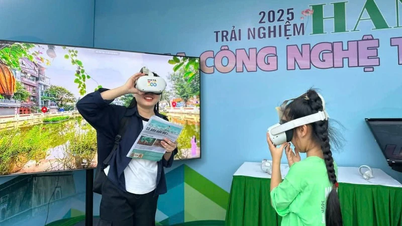
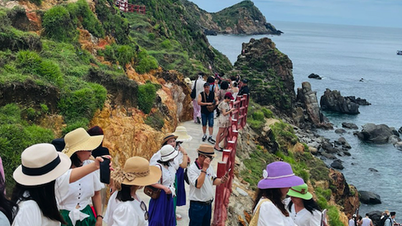

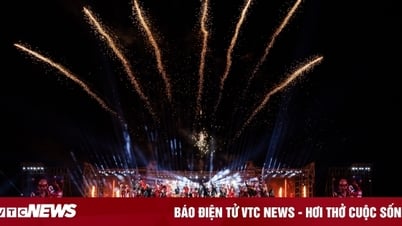

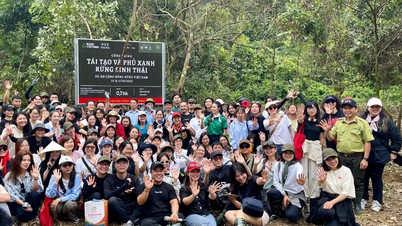
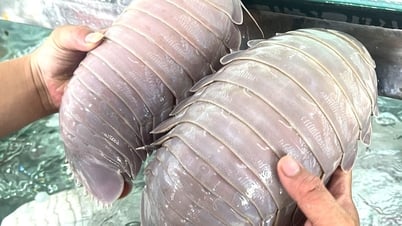

![[VIDEO] Conquering Ghenh Bang Da Nang: Overcoming difficult roads to hunt for breathtaking scenery](https://vphoto.vietnam.vn/thumb/402x226/vietnam/resource/IMAGE/2025/5/30/8b4e00397e55491fa119e538e6b81568)





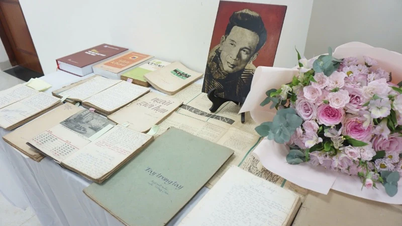
![[Video] Vietnam strives to master the technology to produce 15 types of vaccines by 2030](https://vphoto.vietnam.vn/thumb/402x226/vietnam/resource/IMAGE/2025/5/30/9b660538f5aa46daaff8b19dc9ca8204)

![[Video] Announcing the score distribution of the 2025 HSA Competency Assessment exam](https://vphoto.vietnam.vn/thumb/402x226/vietnam/resource/IMAGE/2025/5/30/8f7b551d1e854f02a1873dcbf7f7a9ef)











































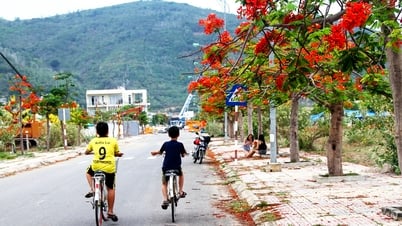

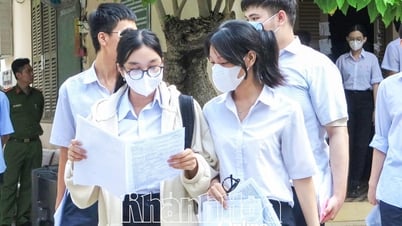
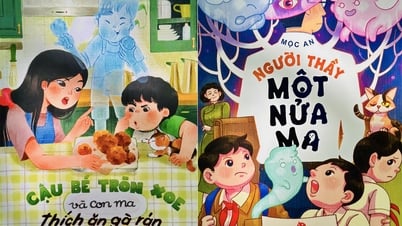
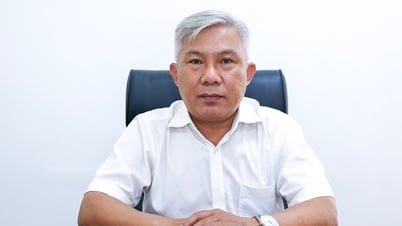
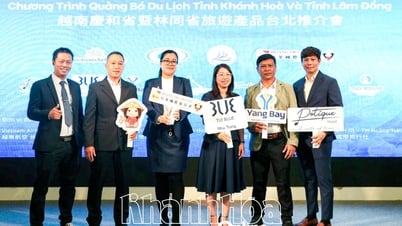












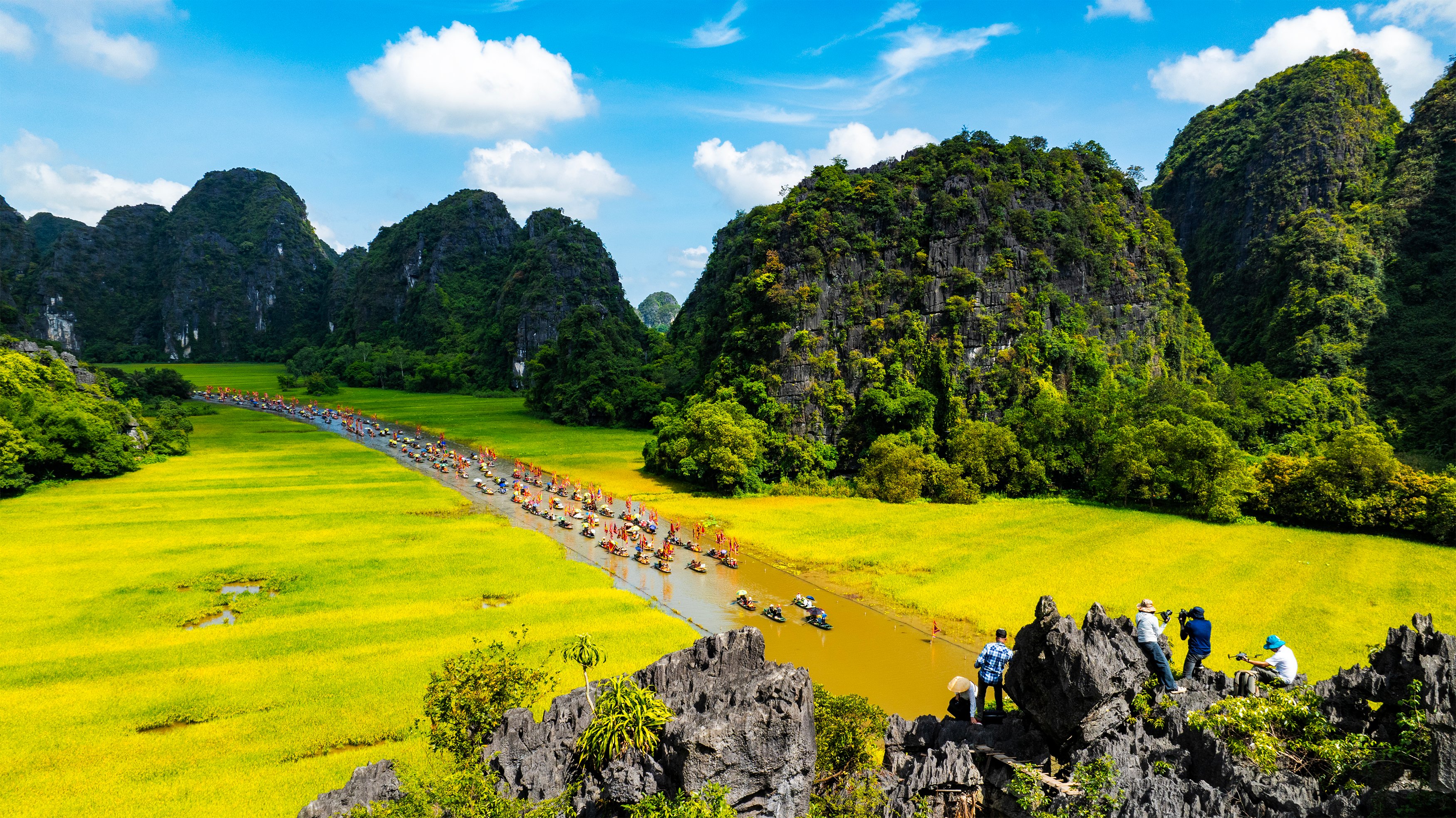



Comment (0)